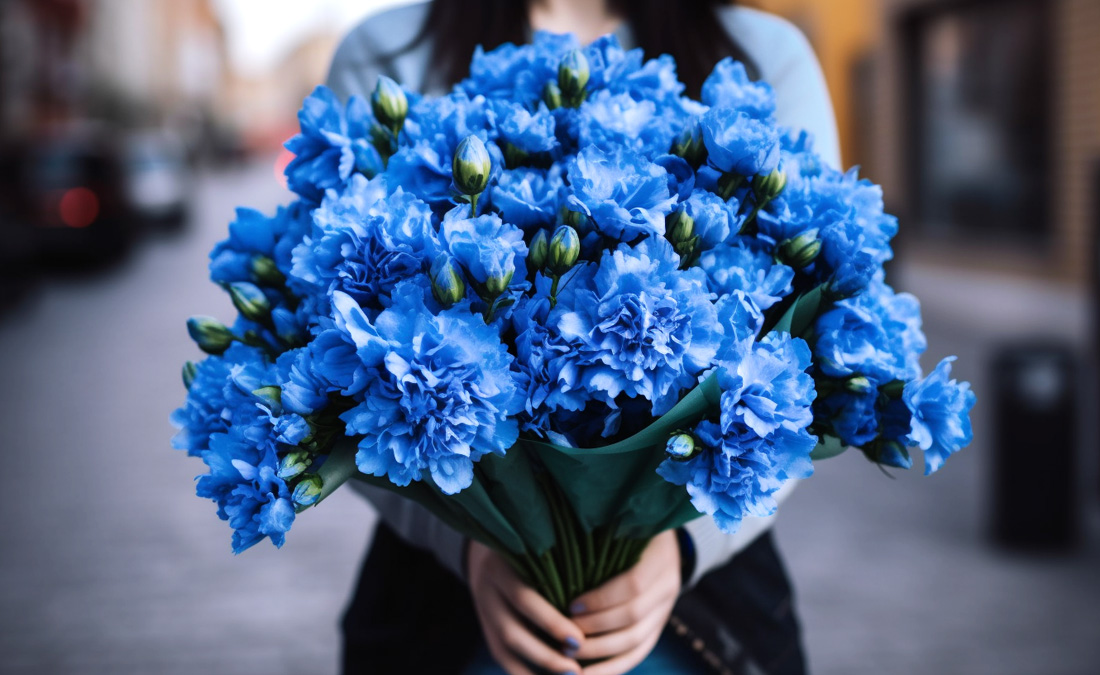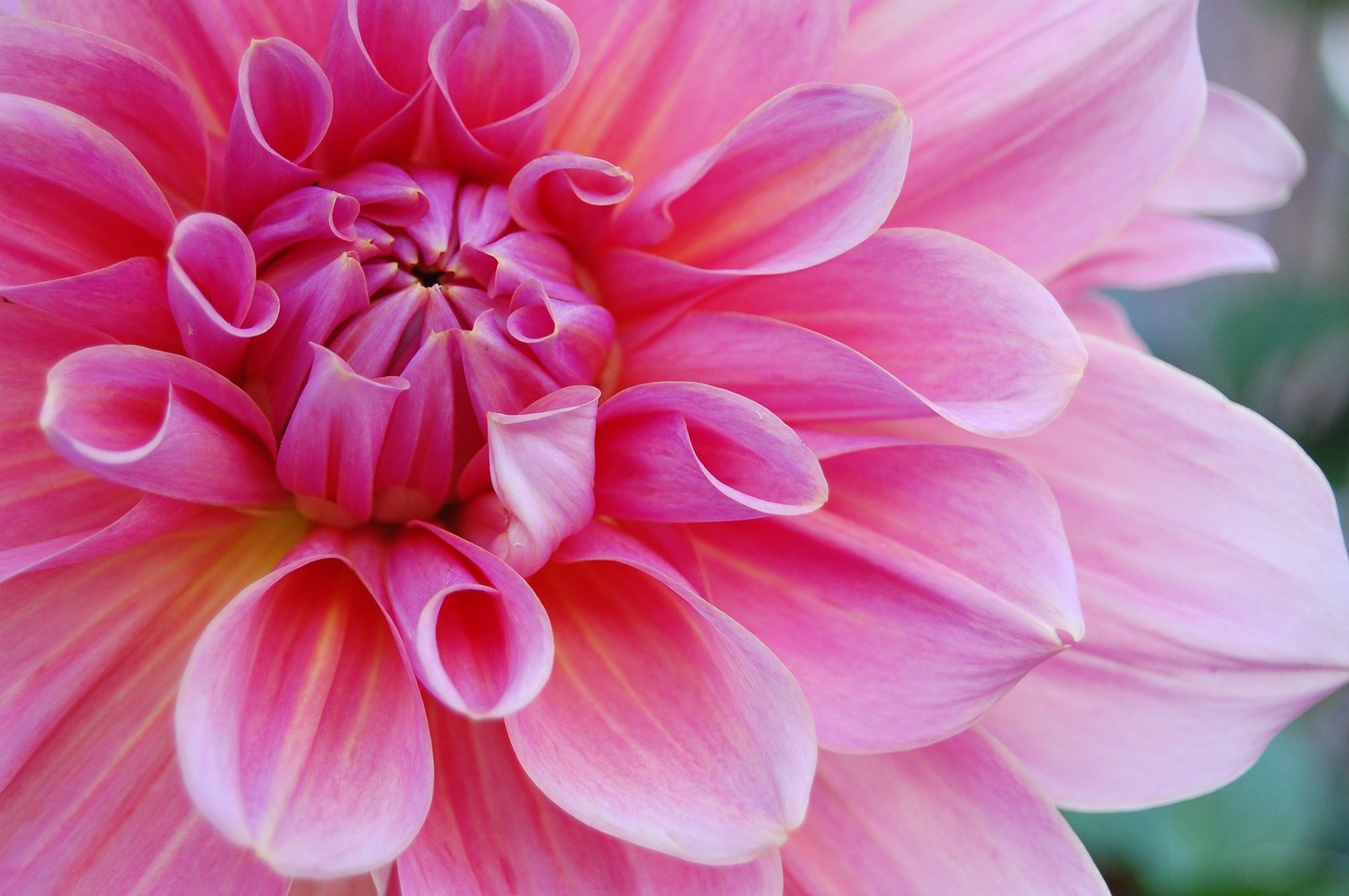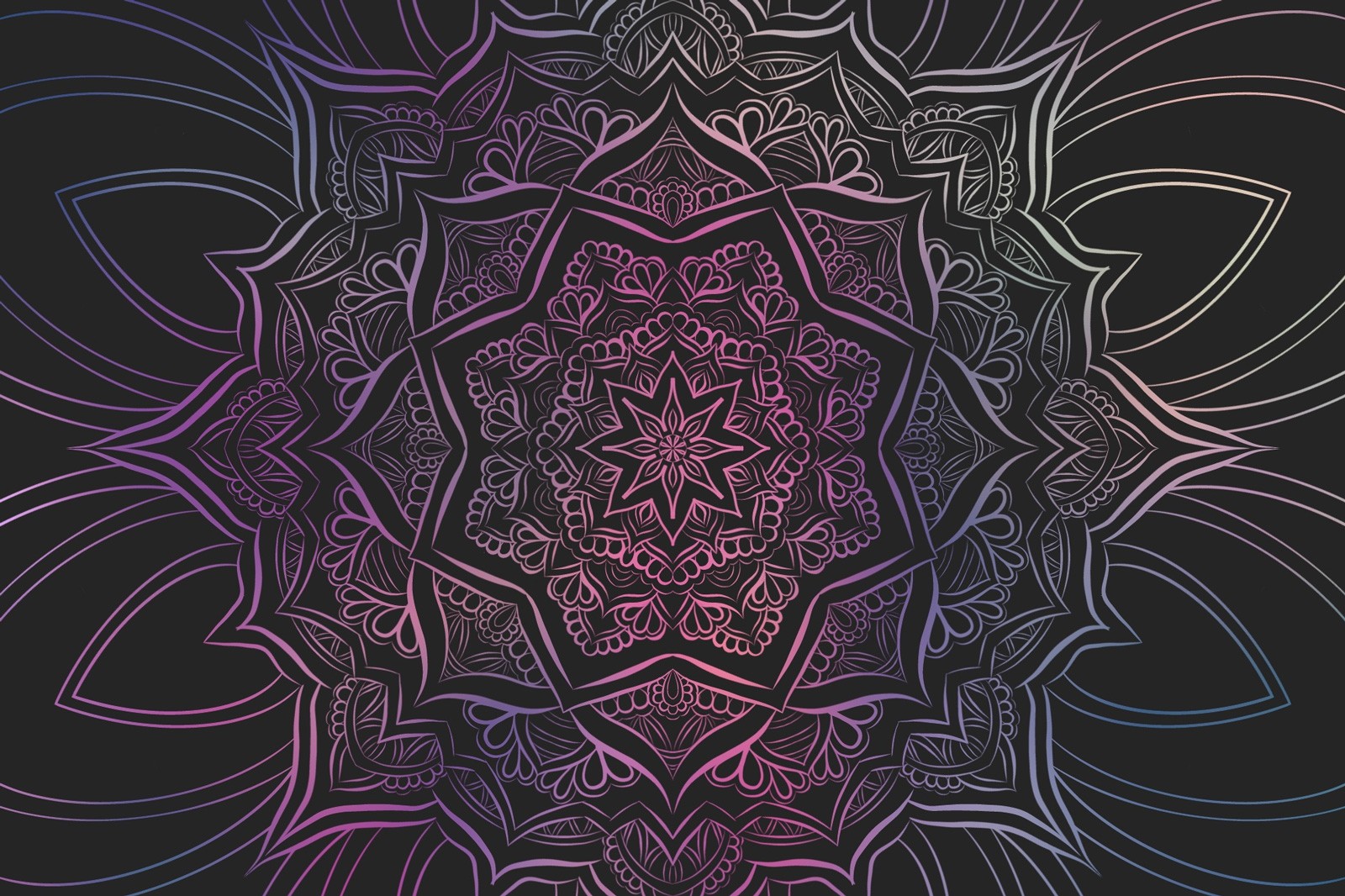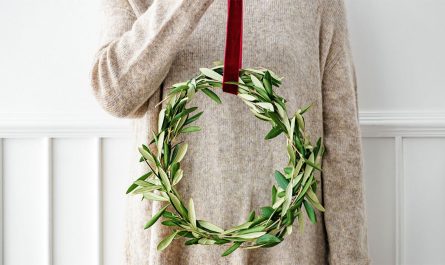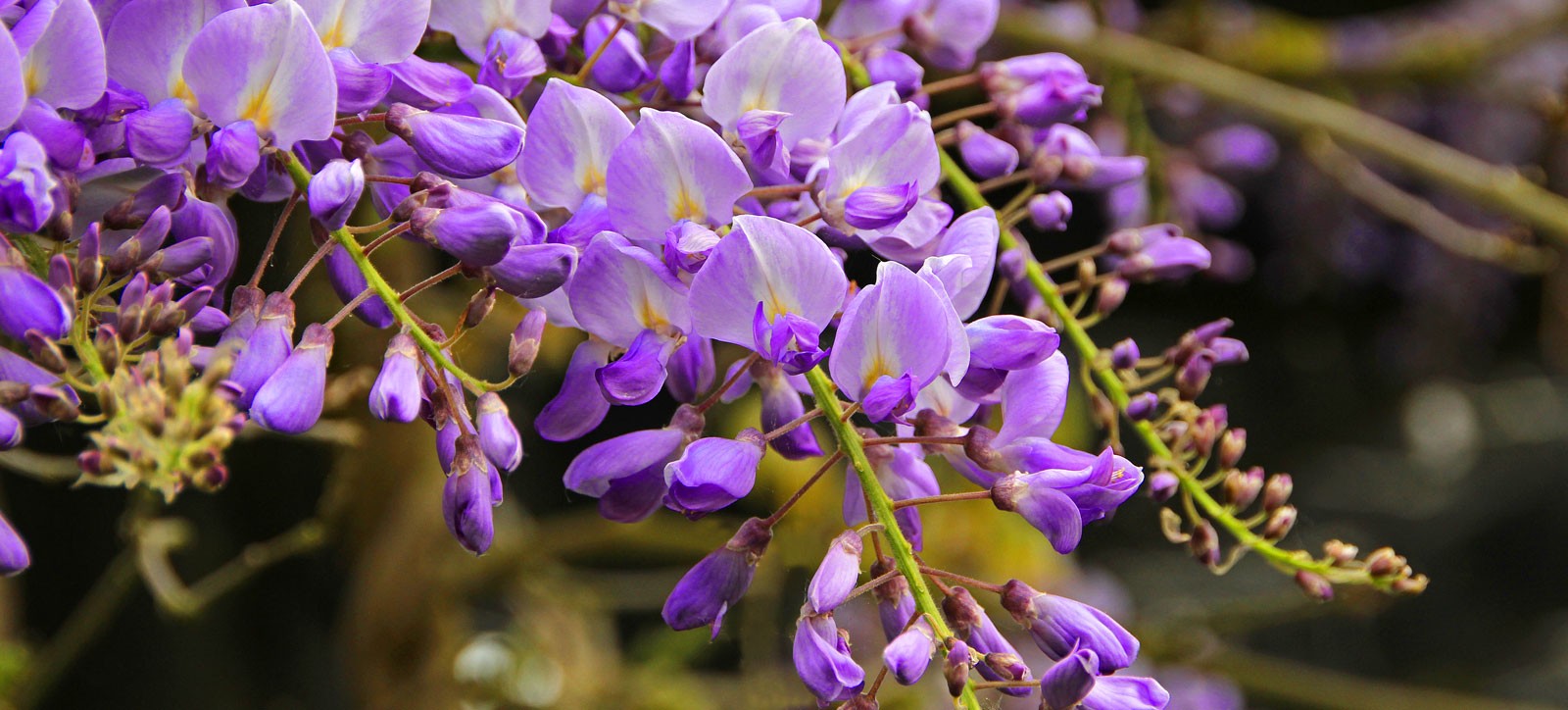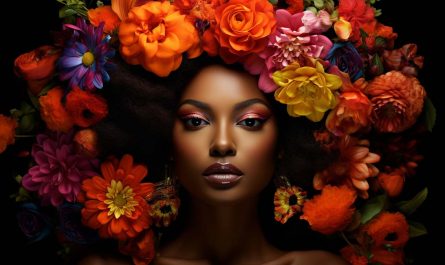Last Updated on April 4, 2023 by Avia
Flowers have always been used to symbolize emotions, beliefs, and values. Different types of flowers have different spiritual meanings in different cultures and traditions around the world. So, what do blue-hued blooms mean? Read further while we explore the spiritual meaning of blue flowers in this in-depth guide.
Table of Contents
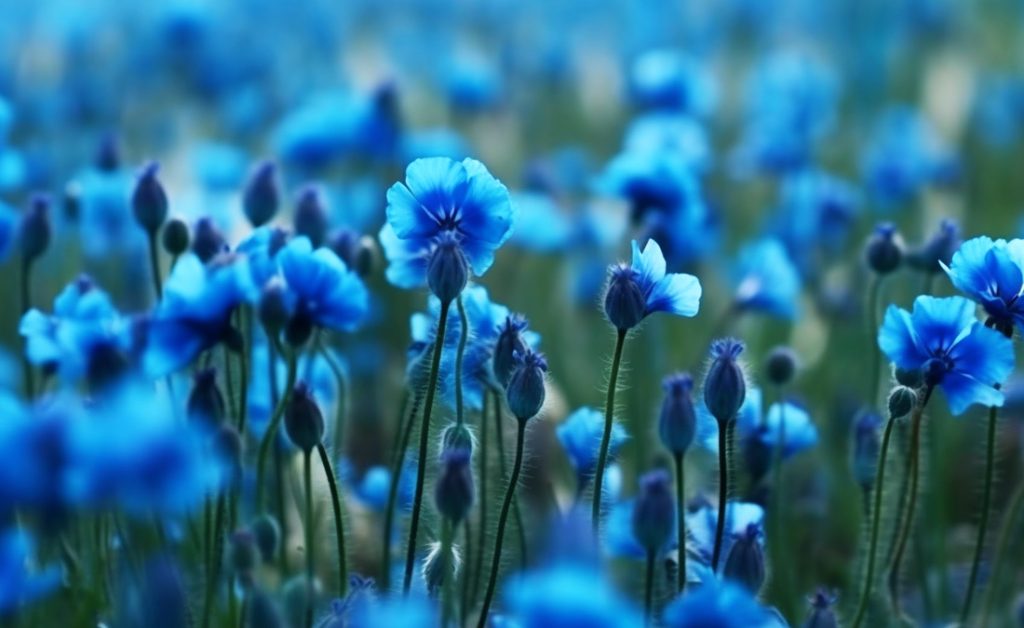
Intro to the Significance of Blue Flowers
If you love flowers, then you must have noticed the uniqueness that come with blue flowers, especially during their blossoming season. They are, however, a rare sight in nature, and their unique beauty has fascinated humans for centuries. In many cultures, blue flowers hold a special significance, and their spiritual meaning varies from culture to culture.
In this post, I will be exploring the spiritual meaning of blue flowers in different cultures and their significance in different contexts, and even the different types of blue flowers and what they mean spiritually.
Historical Significance of Blue Flowers
Blue flowers have held a special significance throughout history, inspiring artists, poets, and lovers alike. Blue is a color that represents the sky, the sea, and the infinite possibilities of the natural world, and have been used to symbolize many things over the centuries.
Egypt
One of the earliest mentions of blue flowers in history comes from ancient Egypt, where the blue lotus flower was considered sacred and used in religious ceremonies. The lotus was believed to represent the sun and the cycle of life, death, and rebirth.
Medieval Europe
In medieval Europe, blue flowers were associated with the Virgin Mary, who was often depicted wearing a blue robe in Christian art. The blue iris was also a symbol of royalty and was used to decorate the coats of arms of noble families.
Romantic Era
During the Romantic era, blue flowers became popular in literature and art as a symbol of love and longing. In poetry, blue flowers were often used to express the melancholy and unrequited love of the Romantic poets, such as John Keats and Percy Bysshe Shelley.
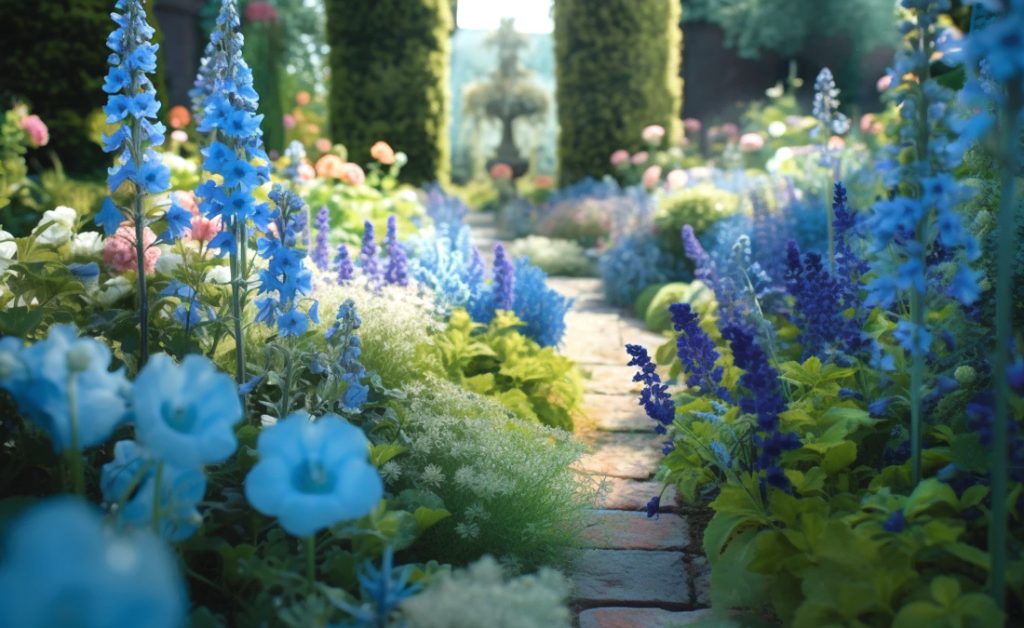
Victorian
In Victorian times, blue flowers were associated with loyalty and fidelity, and were often given as gifts to express devotion and faithfulness. The blue forget-me-not became a popular symbol of remembrance and was used to honor loved ones who had passed away.
Modern Times
Today, blue flowers are still used to symbolize a variety of emotions and ideas but can be used for different purposes in different cultures. For instance, the blue rose, which does not occur naturally in nature, has become a symbol of mystery and unattainable love while the bluebells are associated with humility and gratitude.
Spiritual Significance of Blue Flowers
Blue flowers represent a range of spiritual meanings, including serenity, peace, and tranquility. They are also associated with spirituality, intuition, and the subconscious. Here are some of the spiritual meanings of blue flowers:
Serenity and Peace
Blue flowers are often associated with serenity and peace. They are believed to have a calming effect on the mind and body and can help reduce stress and anxiety. In fact, blue is often used in spas and wellness centers to create a peaceful atmosphere.
Spiritual Awareness
Blue flowers are also associated with spiritual awareness and intuition. They are believed to help us connect with our higher selves and tap into our inner wisdom. Blue flowers can help us see beyond the physical realm and connect with the spiritual world.
Subconscious Mind
Blue flowers are also associated with the subconscious mind. They can help us access our deepest thoughts and emotions and bring them to the surface. Blue flowers can also help us understand our dreams and unlock the hidden messages they contain.
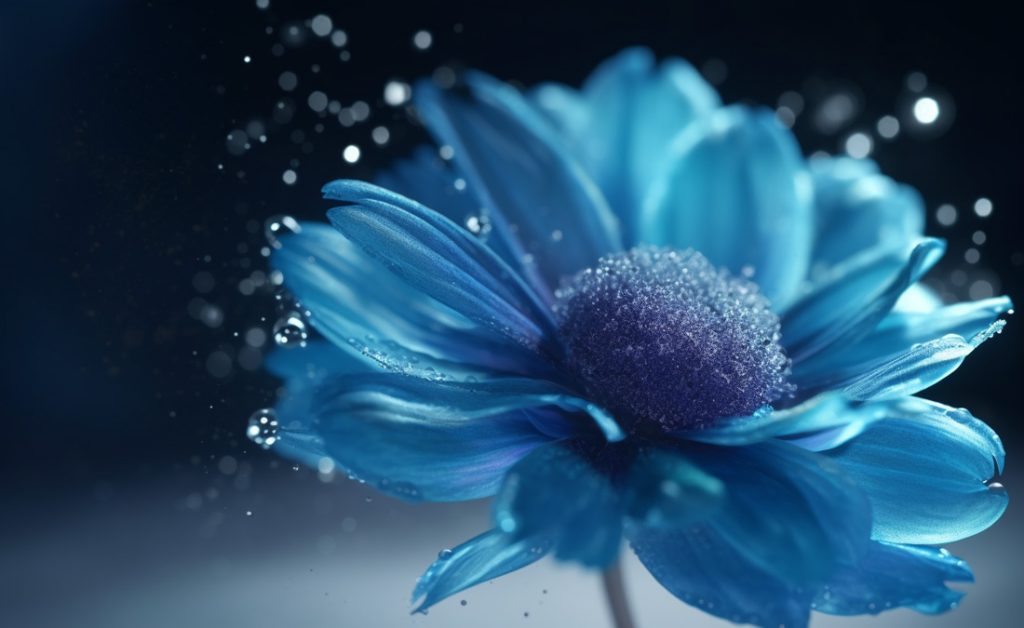
Spiritual Meaning of Blue Flowers in Different Cultures Around the World
Now that we’ve talked about the symbolic significance of blue flowers in spirituality and in history – let’s take a look at what these delightfully hued blooms mean in different cultures around the world.
Spiritual Meaning of Blue Flowers in Western Culture
In the Western culture, blue is often associated with calmness, serenity, and tranquility. Blue flowers, therefore, are often used in spiritual practices to help one achieve inner peace and emotional balance. Bluebells, for instance, are believed to have a calming effect on the mind and can help alleviate anxiety and stress.
Spiritual Meaning of Blue Flowers in African Culture
Blue flowers in African culture are often associated with healing, protection, and spiritual power. The color blue is believed to have protective qualities that can ward off negative energy and evil spirits. Blue flowers, therefore, are often used in spiritual practices to invoke spiritual power and protection.
Blue Flowers in Egyptian Culture
In Egyptian culture, blue lotus flowers were often used in spiritual practices and were believed to have healing properties. The flower was believed to help one achieve a state of heightened awareness and spiritual connection.
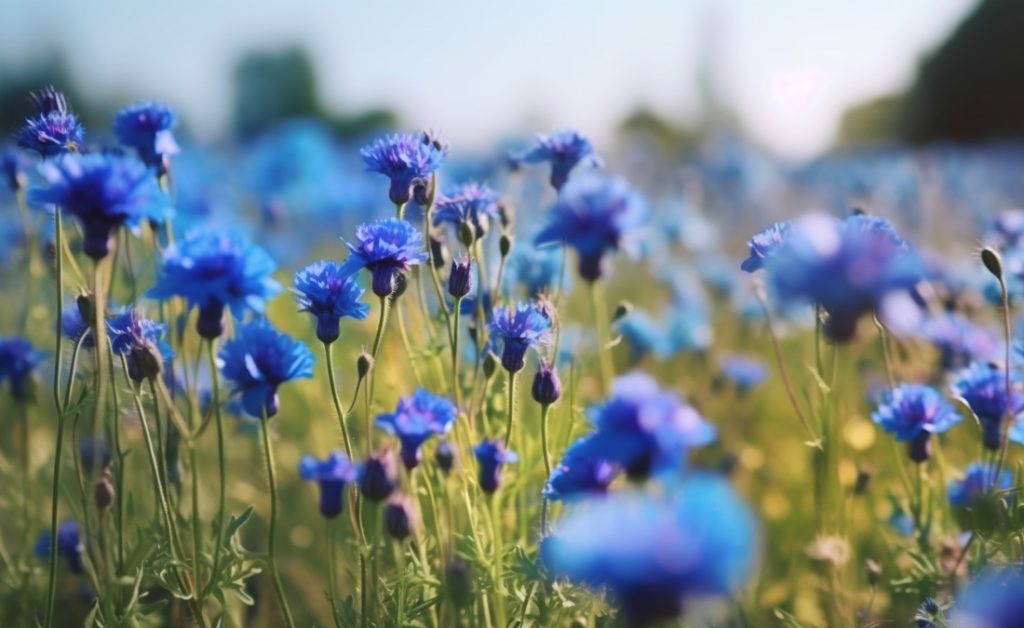
Spiritual Meaning of Blue Flowers in Native American Culture
In Native American culture, blue flowers are often associated with spiritual transformation and the journey towards enlightenment. The color blue is believed to represent the sky, which is seen as a portal to the spiritual realm. Blue flowers, therefore, are often used in spiritual practices to help one connect with the spiritual realm.
Blue cornflowers in Navajo culture are often used in spiritual practices to help one achieve a state of spiritual transformation. The flower is believed to have the power to connect one to the spirit world and to help one receive guidance from spiritual guides.
Similarly, in Cherokee culture, blue flowers are often associated with the Great Spirit and are used in spiritual practices to help one achieve spiritual transformation and enlightenment.
Spiritual Meaning of Blue Flowers in Eastern Culture
In Eastern cultures, blue is often associated with the heavens, the sky, and the water. Blue flowers are often used to symbolize peace, tranquility, and spiritual enlightenment. Blue flowers are also associated with the element of water and are often used in Chinese traditional practices to promote harmony and balance.
Spiritual Meaning of Blue Flowers in Different Religions
Blue flowers have been considered spiritually significant in many religions of the world including Christianity, Islam, Buddhism, and Hinduism among other religions.
Christianity
Blue flowers in Christianity are often associated with the virgin Mary. Blue is seen as a color of purity, and blue flowers such as bluebells, forget-me-nots, and blue lilies are often used in religious ceremonies and celebrations.
Hinduism
In Hinduism, blue is the color of the god Krishna, who is often depicted with blue skin. Blue lotus flowers are also significant in Hinduism, representing the divine, spiritual nature of the universe.
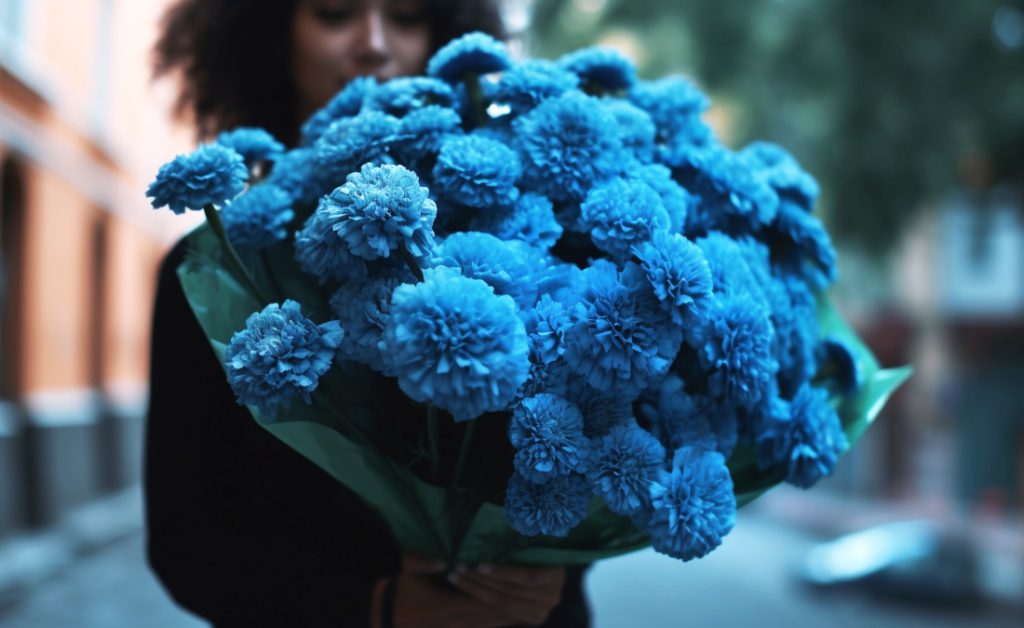
Buddhism
In Buddhism, blue flowers are associated with the teachings of the Buddha, particularly his emphasis on wisdom and knowledge. Blue lotus flowers are also considered sacred in Buddhism, representing the purity of the mind and spirit.
Islam
Blue flowers in Islam are often associated with paradise and the afterlife. Blue iris and blue lilies are often used in Islamic art and architecture, representing the beauty and peace of the afterlife.
Types of Blue Flowers and Their Meanings
Blue flowers have been a symbol of beauty, tranquility, and serenity in various cultures and traditions around the world. Here are some of the most popular blue flowers and their meanings:
Bluebells
Bluebells are native to Europe and have long been associated with fairy tales, myths, and folklore. They are also called harebells or wild hyacinths. In the Victorian language of flowers, bluebells symbolized humility, gratitude, and constancy.
Forget-Me-Nots
Forget-me-nots are small, delicate flowers with five petals and a blue hue. They are native to Europe and Asia and have been associated with love and remembrance for centuries. In Christian tradition, forget-me-nots represent the Virgin Mary’s tears and are often given as a symbol of faithfulness and true love.
Iris
The iris is a strikingly beautiful flower that comes in different shades of blue. In ancient Greece, the iris was considered a symbol of power, wisdom, and faith. In Japan, the iris is a symbol of courage and strength. The iris is also the birth flower for the month of February and is often given as a gift to people born in that month.
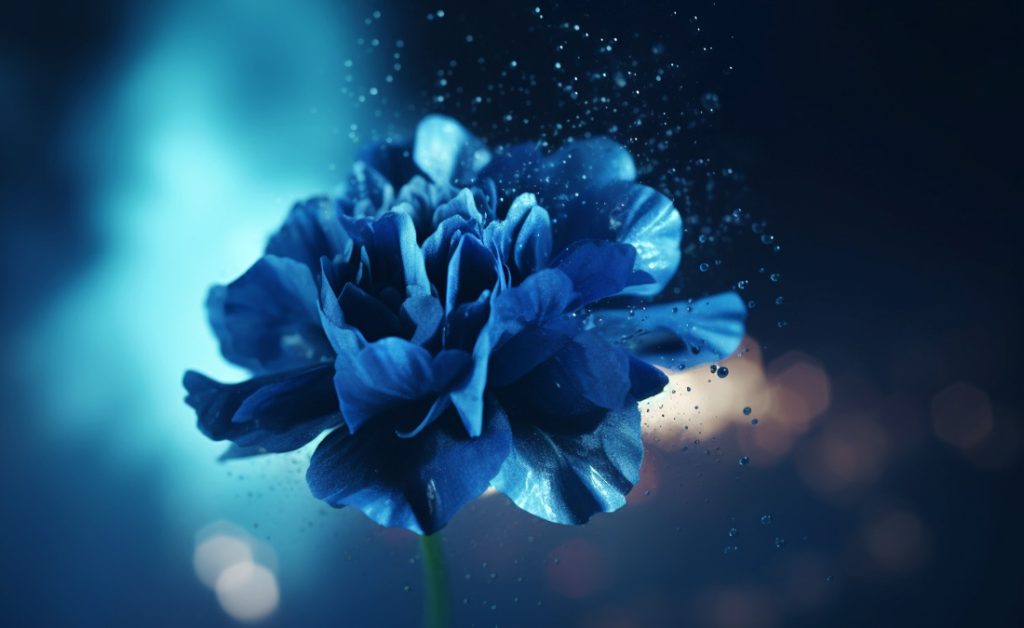
Delphinium
Delphiniums are tall, majestic flowers that come in different shades of blue. In the Victorian language of flowers, delphiniums symbolized fun, lightness, and levity. They are also associated with success, accomplishment, and good luck.
Hydrangea
Hydrangeas are native to Asia and the Americas and come in different shades of blue. In Japan, the hydrangea is a symbol of gratitude, apology, and understanding. In Western culture, hydrangeas are associated with love, emotions, and heartfelt sentiments.
Cornflower
Cornflowers are also called bachelor’s buttons and are native to Europe. In the Victorian language of flowers, cornflowers symbolized hope, optimism, and good luck. They are also associated with simplicity, humility, and purity.
Blue Poppy
Blue poppies are native to the Himalayas and are known for their stunning blue hues. In Tibetan culture, the blue poppy is a symbol of peace, purity, and enlightenment. It is also associated with meditation and spiritual growth.
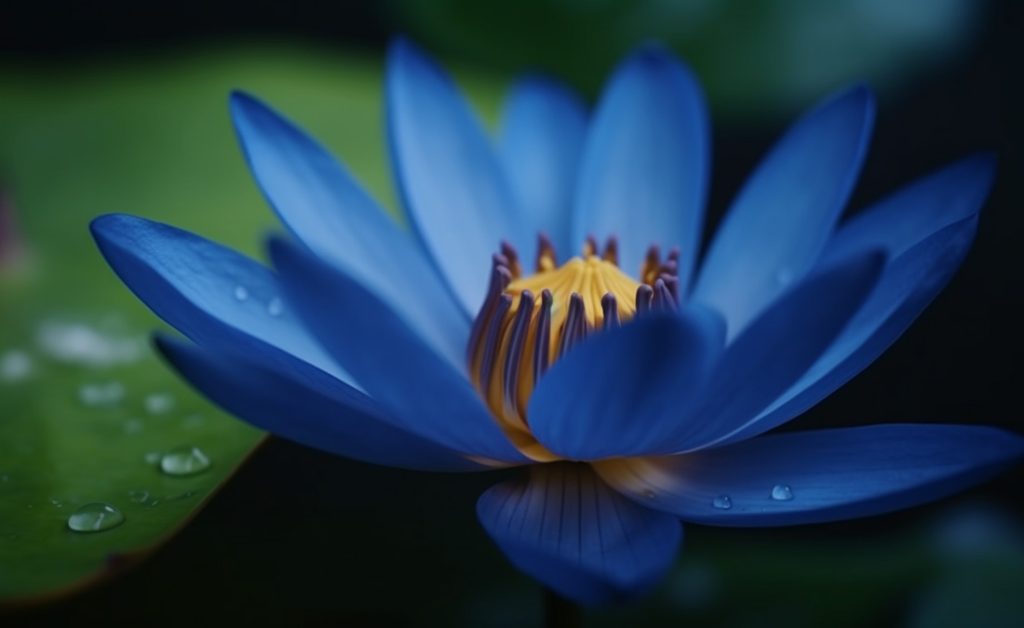
Blue Lotus
Blue lotus is a water lily that is native to Egypt and other parts of Africa. In ancient Egyptian culture, the blue lotus was a symbol of rebirth, resurrection, and eternity. It was also associated with spiritual enlightenment and wisdom.
Blue Rose
Blue roses are not naturally occurring and are often created through genetic engineering. They are often associated with mystery, intrigue, and the unattainable. In Western culture, blue roses symbolize the impossible, the mysterious, and the unknown.
Blue Morning Glory
Blue morning glory is a climbing vine that is native to Central and South America. In Hindu tradition, the morning glory is a symbol of enlightenment, knowledge, and spiritual awakening. It is also associated with growth, vitality, and the power of nature.
Conclusion
As discussed above, blue flowers have a variety of meanings and associations in different traditions, cultures, and religions. It is important to understand these so that you can appreciate their importance in relation to what they represent. If nothing else, knowing the spiritual meaning of blue flowers can definitely deepen your connection with nature. As always, thanks for reading!

